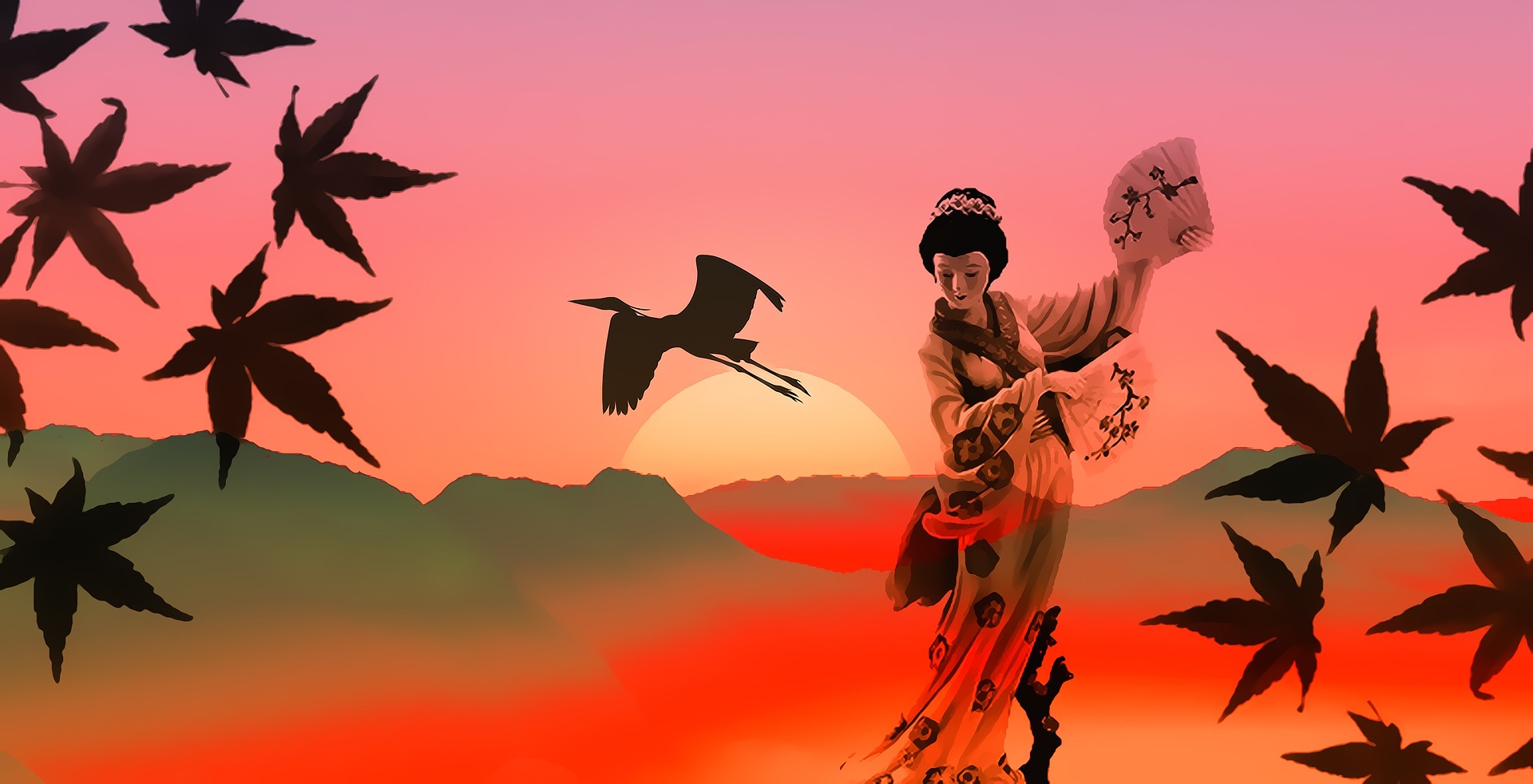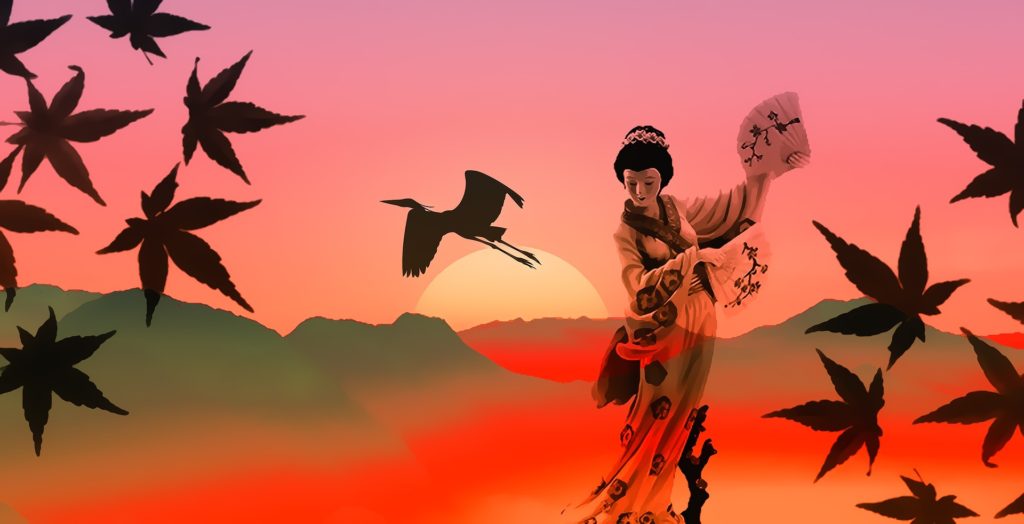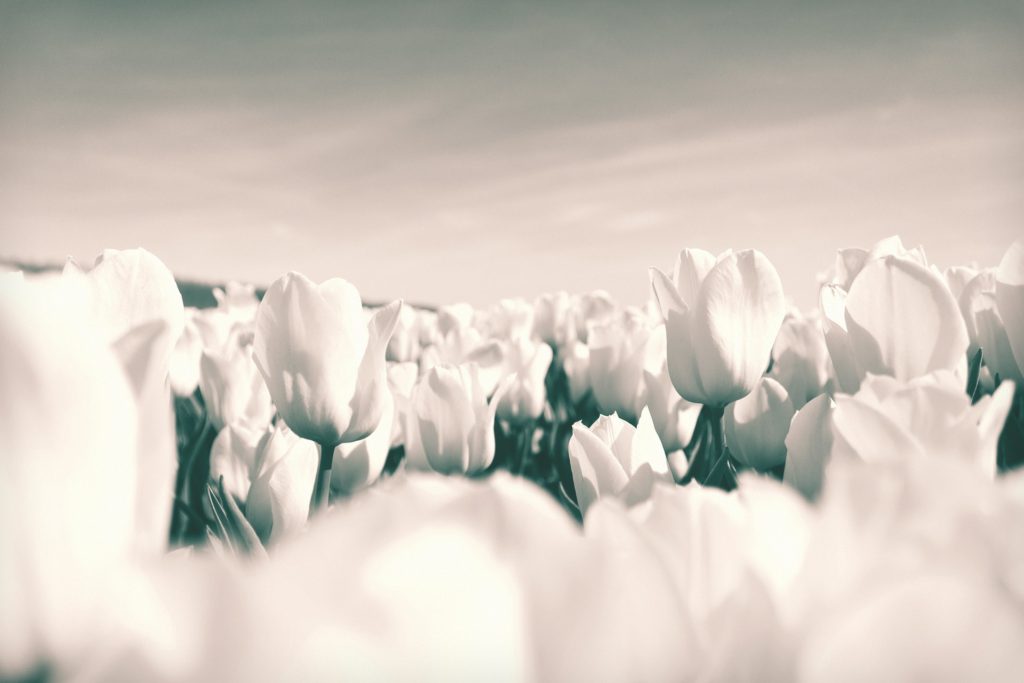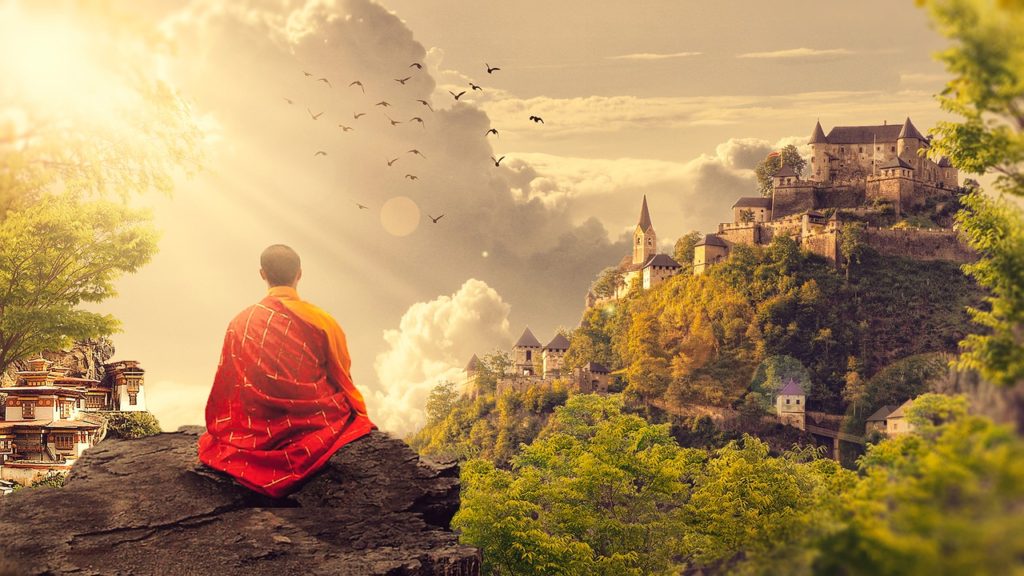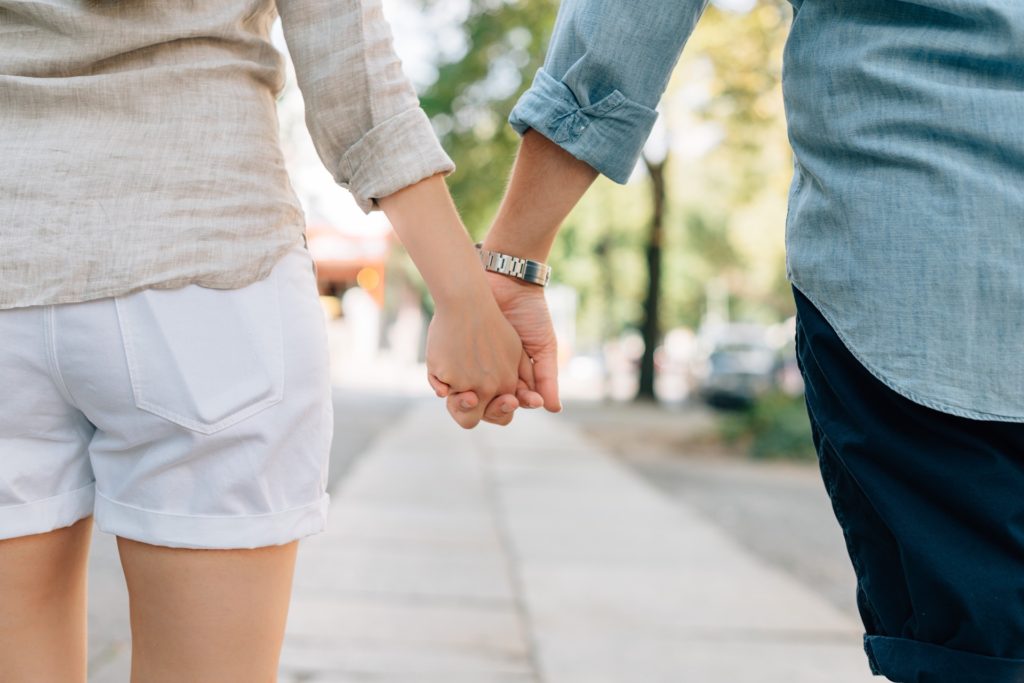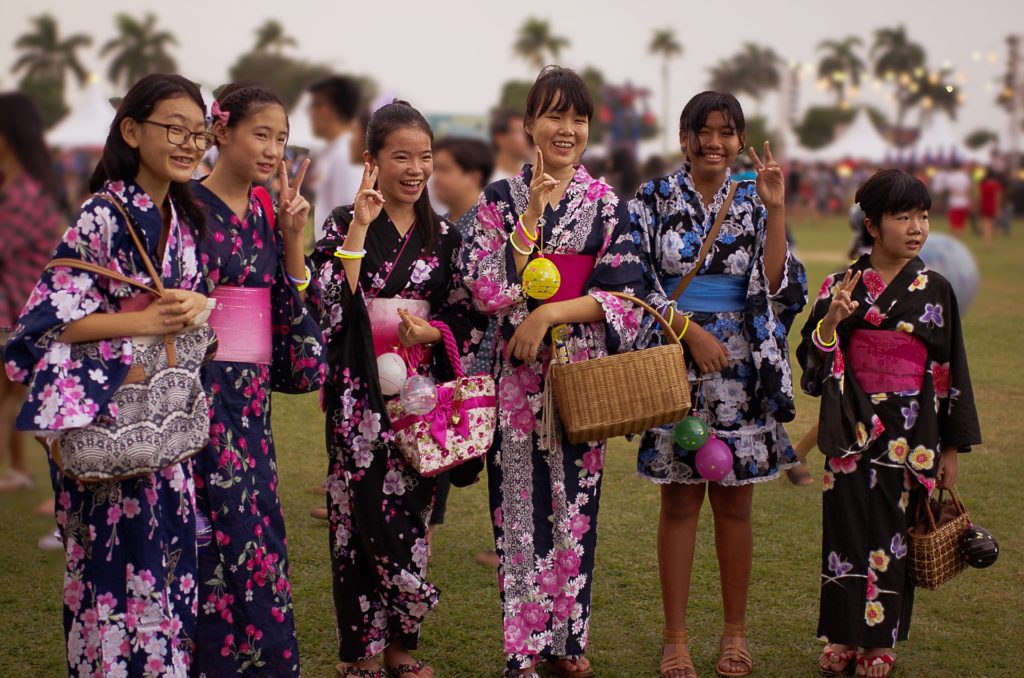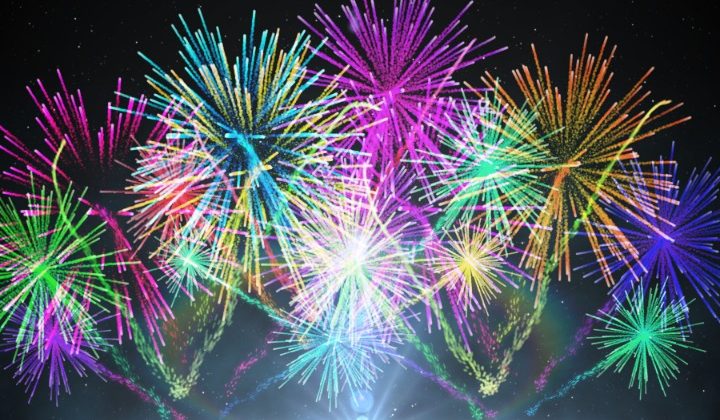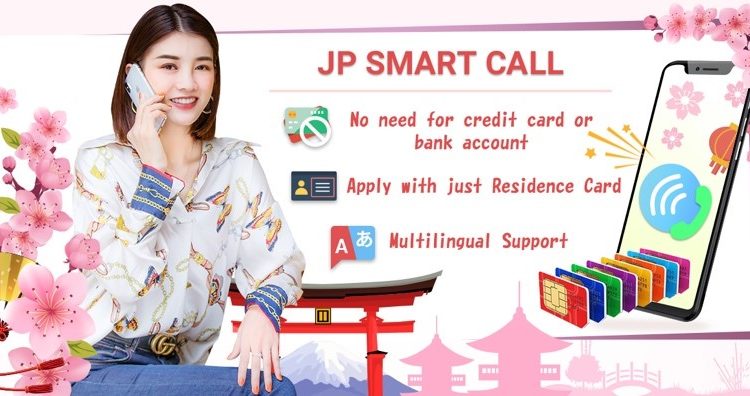During the summer in Japan, have you ever heard the the sound of Japanese drums from somewhere in your neighborhood?
If you look around that area, you’ll find many Japanese people gathering and dancing in a large circle around a yagura, which is a raised platform where singers and Japanese taiko-drummers perform.
This is called “Bon-odori” in Japanese, which means Bon-dance.
“Why do Japanese people dance in this way?”
Many of you may wonder about the purpose and origin of bon-odori, and this article will introduce you to the custom.
1. Purpose of Bon–odori
Japanese people perform Bon–odori to honor the spirits of their ancestors.
From August 13th to 16th, many Japanese people believe that ancestral spirits come back to life, and people visit their family graves to make offerings. In a tradition called mukae-bi, some Japanese people welcome their ancestors by burning a fire meant to guide them back to Earth.
Bon-odori is also used to welcome and guide the returning spirits, and participants dance continuously from dusk until dawn on the night of August 15th.
2. Who Created Bon–odori?
A monk from the Heian Period (794-1185) called Kuya thought it would be easier for people to remember Buddhist prayers if they were chanted in time to the rhythm of a gourd-drum, and he gradually began dancing along with the beat. This style of prayer was popular, and over time it became connected to memorial services, then evolved into bon–odori as we know it today.
3. Bon-odori was a Chance to Meet People
During the Edo Period (the year 1603-1868), bon–odori became popular as a means of meeting other single people. Since there were few chances for men and women to meet during the Edo Period, the big crowds of people that gathered for bon–odori presented a rare chance. Let’s say it was like a precursor to the modern “blind-date” or matchmaking party.
However, using Bon–odori to find a romantic partner was considered an affront to public morals, so much so that the practice was even abolished for a time during the Meiji period (1868-1912). Fortunately, after attempting to enforce the ban for a while, Bon-odori was reinstated during the Taisho Period (1912-1926).
4. Location
Every year, Japanese people hold Bon-odori in a variety of places:
・Buddhist temple grounds
・Parks
・School playgrounds
・The roof of commercial buildings
Bon-odori is usually organized by the residents’ association of a given area.
5. How to Enjoy Bon-odori
It’s very simple. Just keep in mind following tips:
・Feel the atmosphere
Just look around at the Japanese people dancing and smiling in each district, enjoy the view of the town, and feel the Japanese summer season.
・Feel real Japanese culture
Bon-odori has been an important part of Japanese traditional culture since the Heian Period. It’s definitely worth seeing this 1,000-year old custom.
・Feel the rhythm and join the dance
Don’t worry too much about learning the dance steps. They’re not difficult, and the same steps are repeated over and over. Just give it a shot, join the circle, and you’ll gradually get the hang of it.
・Try wearing a yukata
Many people wear yukata to Bon-odori. Try wearing a yukata and feel for yourself how Japanese people enjoy fashion in the summer.
・Enjoy the music
There are many kinds of music at Bon-odori. Even if you can’t understand the lyrics, just enjoy the sound and rhythm.
Hopefully you’ve learned a bit about what Bon-odori means to the Japanese. If you’re free during Obon (August 13th-15th), think about participating in your neighborhood’s Bon-odori.
Care to join us for Bon-odori this summer?
YAE
Japan

